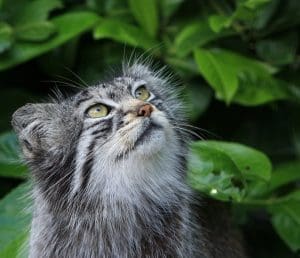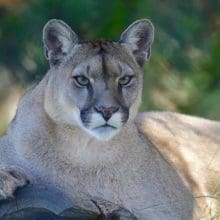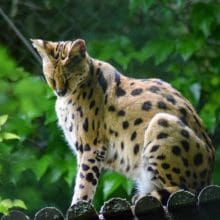5 Unique Characteristics of Pallas Cats
The Enigmatic Beauty of Pallas Cats: Unveiling Nature’s Fierce Guardians
Pallas cats, also known as manuls, are small wildcats native to the grasslands and steppes of Central Asia. These elusive creatures have captured the attention of wildlife enthusiasts and researchers alike due to their unique characteristics and adaptations. In this article, we will explore five distinctive features of Pallas cats that set them apart from other feline species.
1. Appearance and Size
Pallas cats have a distinct and adorable appearance that makes them instantly recognizable. They have a stocky build with short legs and a round face, giving them a teddy bear-like appearance. Their fur is dense and long, providing insulation in the harsh cold climates they inhabit.
One of the most striking features of Pallas cats is their expressive eyes. Their pupils are round, unlike the vertical slits seen in most other cat species. This adaptation allows them to have a wider field of vision, which is crucial for detecting predators and prey in their vast grassland habitats.
On average, Pallas cats measure around 50-65 centimeters in length, with a tail length of 21-31 centimeters. They weigh between 2.5 to 4.5 kilograms, making them one of the smallest wildcat species.
2. Adaptations for Extreme Environments
Pallas cats are well-adapted to survive in the extreme environments of the Central Asian grasslands and steppes. Their thick fur provides insulation against the freezing temperatures that can drop as low as -40 degrees Celsius (-40 degrees Fahrenheit).
Unlike most cats, Pallas cats have a low metabolic rate, which helps them conserve energy in their harsh habitats where food is scarce. They can survive on a diet consisting mainly of small rodents, such as pikas and voles, which are abundant in their grassland ecosystems.
Another unique adaptation of Pallas cats is their ability to climb rocks and trees. This skill allows them to escape predators and find shelter in rocky crevices or tree branches.
3. Solitary Nature
Pallas cats are solitary animals, preferring to live and hunt alone. They have large home ranges, which can span up to several square kilometers. These territories are marked with scent markings to deter other Pallas cats from entering.
While they may be solitary, Pallas cats do not completely avoid social interactions. During the breeding season, males and females come together for a short period to mate. After mating, the male leaves, and the female raises the cubs on her own.
4. Unique Vocalizations
Pallas cats have a range of vocalizations that they use for communication. While they are generally quiet animals, they can produce a variety of sounds, including hisses, growls, and purrs.
One of the most unique vocalizations of Pallas cats is their high-pitched, bird-like chirping sound. This sound is often heard during territorial disputes or when they are trying to attract a mate. The chirping sound is quite different from the typical meowing or roaring sounds associated with other cat species.
5. Conservation Status
Pallas cats are listed as Near Threatened on the International Union for Conservation of Nature (IUCN) Red List. The main threats to their survival include habitat loss due to human activities, such as agriculture and mining, as well as illegal hunting for their fur.
Conservation efforts are underway to protect Pallas cats and their habitats. Organizations like the Pallas’s Cat Working Group are conducting research, raising awareness, and implementing conservation measures to ensure the long-term survival of these unique wildcats.
Summary
Pallas cats are fascinating creatures with several unique characteristics that set them apart from other feline species. Their adorable appearance, adaptations for extreme environments, solitary nature, unique vocalizations, and conservation status make them a subject of interest for wildlife enthusiasts and researchers alike. By understanding and appreciating these unique characteristics, we can contribute to the conservation efforts aimed at protecting these elusive and captivating wildcats.
Read More About Pallas Cats From Wikipedia




